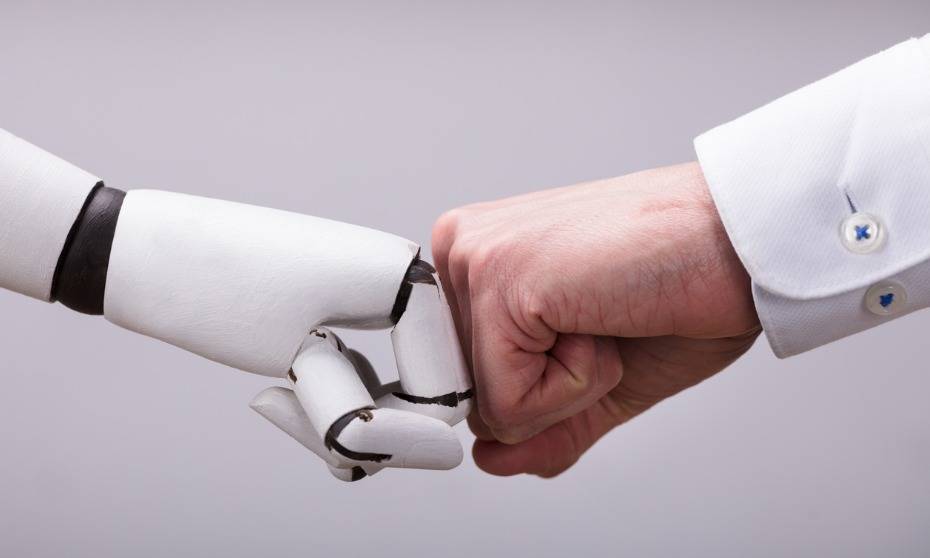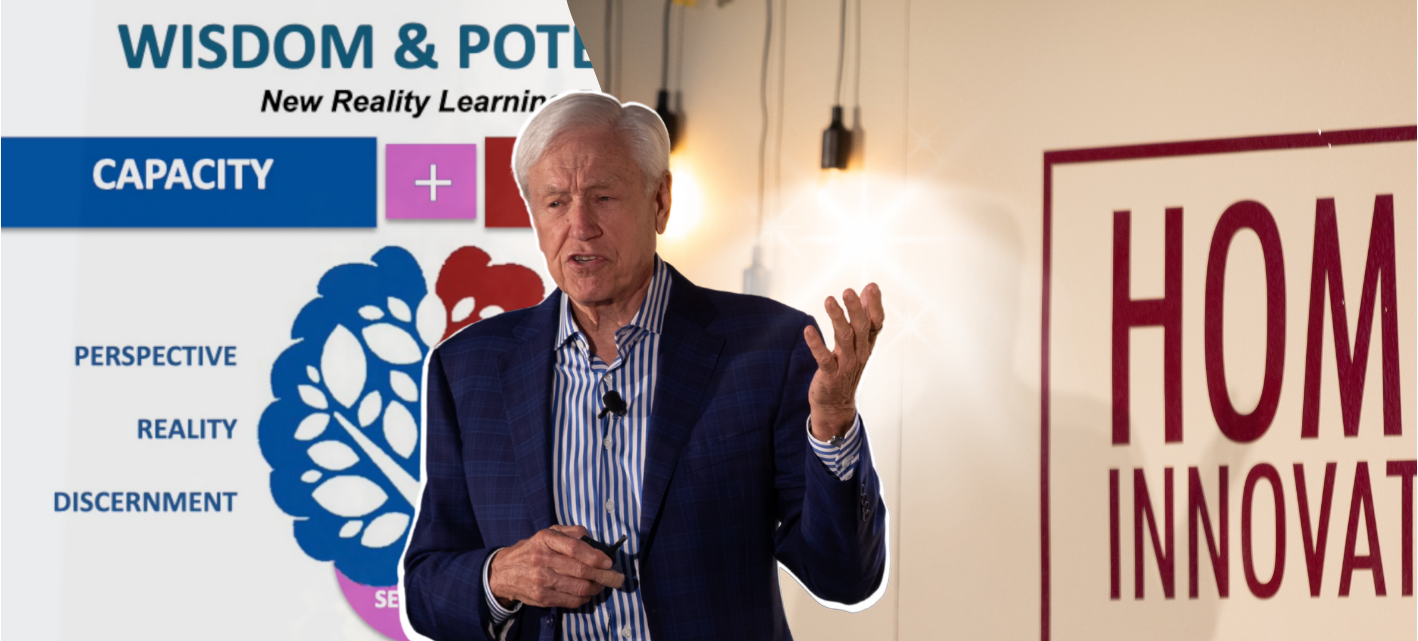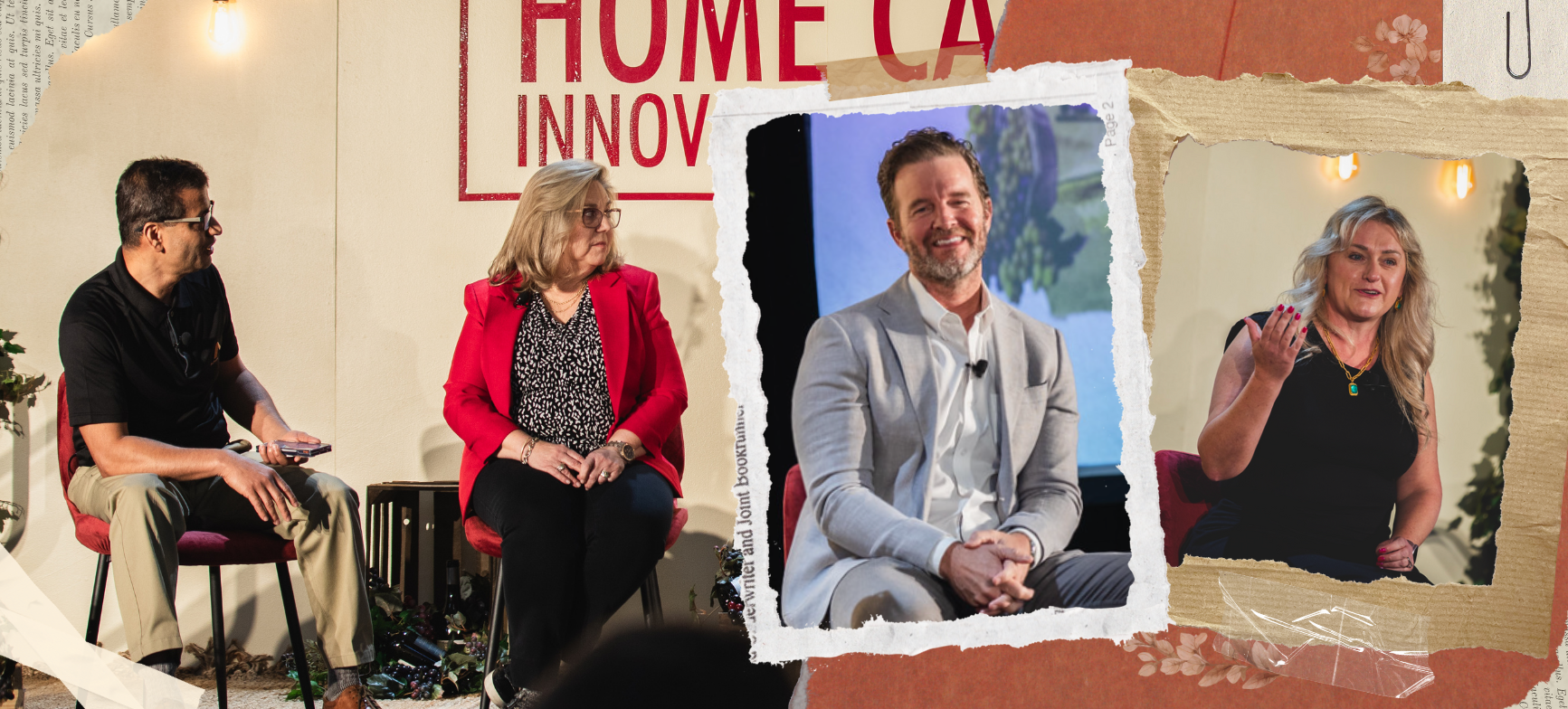The evolution of home care isn't just about responding to increasing demand; it’s also about innovating to deal with challenges and to meet opportunities in an ever-changing landscape.
That was the main message from Home Instead Chief Advocacy Officer Jisella Dolan and Cypress Home Care Solutions Managing Partner Bob Roth – both industry veterans – at the Home Care Innovation Forum in San Diego. Like ripe fruit hanging from a tree, more growth and success are reachable, but providers must extend a hand and pick it. It’s not going to fall in your lap.
“Despite the challenges, there are incredible opportunities,” Roth said. “But we need to take risks. We can’t just stand by and be a part of the status quo, because if we are, then we’re obsolete.''
That could mean experimenting with various forms of technology, like AI, to:
- free-up caregivers to be more present with patients
- help create tailored care plans
- assisting with back-of-the-house tasks
But it also means embracing collaboration, the constant need to adapt and change in an accelerating market, and thinking outside the box about how best to care for clients, both leaders said. In the end, working together makes everyone better.
“A rising tide lifts all ships, and there is enough demand for all of us,” Dolan said. “It’s how we unlock the scale and capacity to meet it – and that requires us to think differently.”
Positioning for Success
Home care leaders sometimes feel like their industry is forgotten about, a drop in the deep ocean of the American healthcare system. But that’s changing, Dolan and Roth said.
It’s not news that demand for personal care services is set to skyrocket in this decade. So how can operators position themselves to gain more recognition for what they do? Advocate, advocate, advocate – not just with lawmakers and bureaucrats, but with healthcare practitioners who may be naive about what home care is, often confusing it with home health, its more clinical cousin, Roth said. If healthcare professionals from diverse disciplines know the ins and outs of home care, more referrals are bound to come in while hospital readmissions will certainly decline.
“I talk to a lot of people in healthcare who don’t really know what home care is. We need to educate them about the value of what in-home supportive care services bring to the overall healthcare continuum,” he said.
Dolan alluded to a Surgeon General’s report released in May detailing the crippling mental and physical health effects of social isolation – “one of the biggest pandemics of our time,” as the report says – which impacts older Americans more than any other demographic group.
With some projections suggesting that by 2040, nearly 50% of the elderly population might live alone, home care leaders have the chance to lead on this critical issue. It’s a perfect example of how the industry can position itself to receive more of the spotlight while doing what it does best: care for people where they live.
“There's nobody better positioned than us to say, ‘Hey, (Surgeon General) Murthey, we can help you solve this,’” Dolan said. “All of us in this room are addressing social isolation, we're building connections. So while the government scratches its head about what to do with this issue, we can step up and help.”
The Potential – and Limits – of AI
There’s no doubt that emerging technologies are increasingly being seen in the at-home care setting, with AI-powered tools leading the way.
“We need eyes and ears in the home when live caregiving can’t be there. We need to find a way to make care in the home ubiquitous, and AI is going to play a big part in that,” Roth said.
But as much as the utility of such technology is gaining traction, Roth urged those in the audience to never lose sight of the deeply personal aspects of caregiving, facets that can never truly be replaced by technology.
“Technology makes things possible, but people make things happen. We are humans caring for other humans, and we can never lose sight of that.”

Embracing Disruption
As a potent example of the need to be open to change, Dolan spoke about Netflix’s now-famous offer to buy Blockbuster for $50 million back in 2000. The video rental behemoth, then a fixture of American life, laughed Netflix executives out of the room.
Netflix is now worth $150 billion. Blockbuster, as we all know, is no more.
“Netflix's omnichannel approach was visionary,” Dolan said. “By meeting consumers where they are, they changed the game. We have to do the same thing with our clients. We have to think innovatively about how we deliver our services and cater to the needs of our aging population.”
For home care, she said, this can mean blending the efficiencies of tools like ChatGPT with traditional care paradigms or shifting tech stacks to more efficiently deliver care. It could also mean embracing fractional caregiving models, where providers can leverage one caregiver to serve several clients, therefore not relying on traditional hourly care.
“The fastest change we’ve ever seen is happening today, but it will also never be this slow again,” Dolan said. “We need to embrace that change.”
Posted by
Join us!
The retreat for home health care and hospice leaders innovators.
May 17-19, 2026 | Palm Springs, CA




-2.png)


-2.png)


Comments